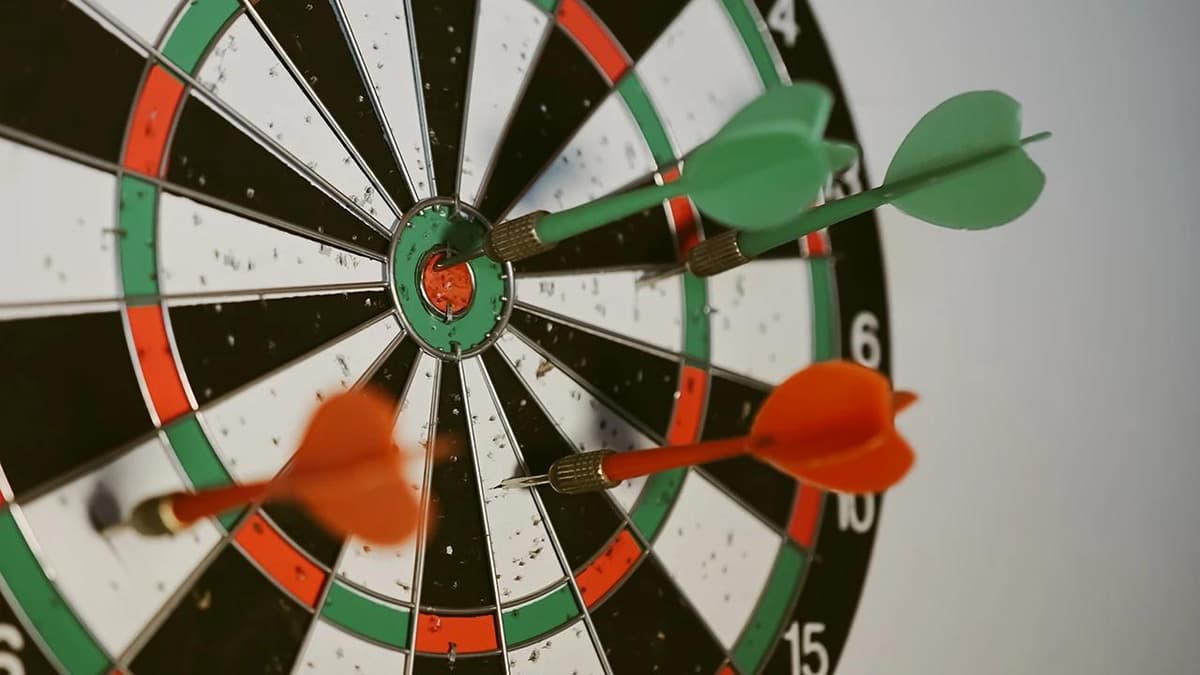How to Create a Neural Network: Exploring the Role of GPUs and Algorithms
Neural networks are crucial in machine learning and a foundational component of deep learning. They can recognize patterns in data, making them useful in applications like image and speech recognition and natural language processing.
This article outlines the steps to create a neural network, the importance of GPUs in this process, and the common algorithms used.
Creating a Neural Network
What are the steps involved in creating a neural network? Here is an overview:
-
Define the architecture: Determine the structure and size of the neural network. This includes the number of layers and neurons in each layer.
-
Data preparation: Prepare labeled training data for the neural network. Data needs preprocessing to a suitable format, using techniques like normalization and one-hot encoding.
-
Train the network: Train the network with the prepared data. The network adjusts internal parameters through backpropagation, correcting errors by updating connection weights until the desired accuracy is achieved.
-
Evaluate and fine-tune: After training, evaluate the network on separate validation data. Based on the results, make adjustments to improve accuracy, such as modifying the architecture or optimizing hyperparameters.
Creating a neural network requires significant computational power to handle complex calculations. This is where GPUs (Graphics Processing Units) are valuable.
The Role of GPUs in Neural Networks
Why are GPUs important in training neural networks? They perform many matrix computations simultaneously, which accelerates both training and inference times compared to traditional CPUs (Central Processing Units).
The parallel architecture of GPUs allows them to process multiple data points at once, making them ideal for training large neural networks. They excel in matrix operations, enhancing the training speed.
GPUs also include optimized memory to manage large amounts of data in neural network training. This efficiency in data transfer between the CPU and GPU boosts overall performance.
GPUs improve the speed and efficiency of neural network training by utilizing parallel processing and optimized memory.
Algorithms Used in Neural Networks
What algorithms are commonly used in neural networks? Here are a few key examples:
-
Backpropagation: This algorithm updates the weights of connections based on errors calculated during training. It propagates errors backward, enabling parameter adjustments to improve performance.
-
Gradient Descent: Used for minimizing error, this optimization algorithm calculates the gradient of the loss function and updates weights in the opposite direction to find the minimum loss.
-
Activation Functions: These introduce non-linearity into the network, allowing it to learn complex patterns. Common activation functions include sigmoid, ReLU (Rectified Linear Unit), and softmax.
-
Convolutional Neural Networks (CNNs): CNNs are specialized for image and video recognition. They use convolutional layers to extract features and fully connected layers for classification.
These algorithms vary in purpose and application, depending on the task and complexity of the problem.
Can I Create My Own Neural Network?
Yes, creating your own neural network is feasible. Many resources and libraries simplify this process. Languages like Python and libraries such as TensorFlow, PyTorch, and Keras provide user-friendly interfaces for building neural networks.
Utilizing tutorials and community resources can enhance your understanding of neural network concepts. Start with basic architectures like feedforward neural networks and gradually move to more complex models like recurrent neural networks (RNNs) and transformers.
While creating a neural network is exciting, effective design requires a solid grasp of underlying principles and techniques. Continuous learning and experimentation are vital for success in this field.












